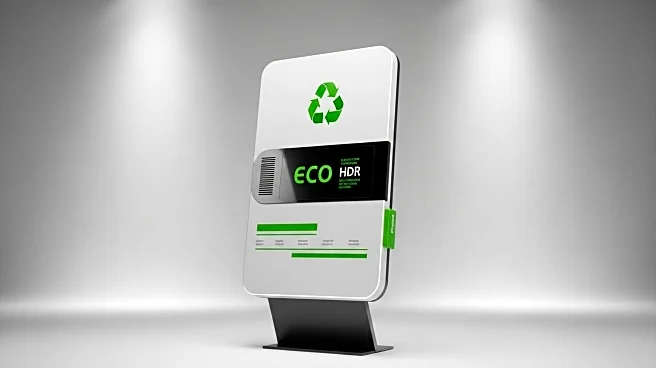What's Happening?
Stanley 1913 has introduced a take-back program allowing customers to recycle their used steel and stainless steel products at no cost. Customers can log their products on the Stanley 1913 website, generate a pre-paid shipping label or QR code, and send back used merchandise. The program offers a $5 discount on new purchases and accepts up to four eligible items per individual annually. Additionally, for each item returned, PMI WW Brands, which owns Stanley 1913, will donate $5 to the environmental advocacy group Ocean Conservancy. This initiative is part of Stanley's commitment to sustainability, emphasizing durability, design, and sourcing.
Why It's Important?
Stanley's take-back program represents a significant step towards promoting sustainability and reducing waste in the consumer goods industry. By encouraging customers to recycle their products, Stanley is contributing to a circular economy, where products are reused and repurposed rather than discarded. This initiative not only aligns with Stanley's brand promise of 'Built for Life' but also sets a precedent for other companies to follow suit in their sustainability efforts. The program benefits both the environment and consumers, offering financial incentives and supporting environmental advocacy.
What's Next?
As Stanley's take-back program gains traction, it may inspire other companies to implement similar initiatives, fostering a culture of sustainability across industries. The program's success could lead to expanded recycling efforts and partnerships with additional environmental organizations. Stanley may also explore further innovations in product design and sourcing to enhance its sustainability credentials and appeal to environmentally conscious consumers.
Beyond the Headlines
The take-back program highlights the growing consumer demand for sustainable practices and corporate responsibility. As more companies adopt similar initiatives, the focus on sustainability could drive significant changes in manufacturing processes, product design, and consumer behavior. This shift towards a circular economy may also influence regulatory policies and industry standards, promoting environmental stewardship on a larger scale.










